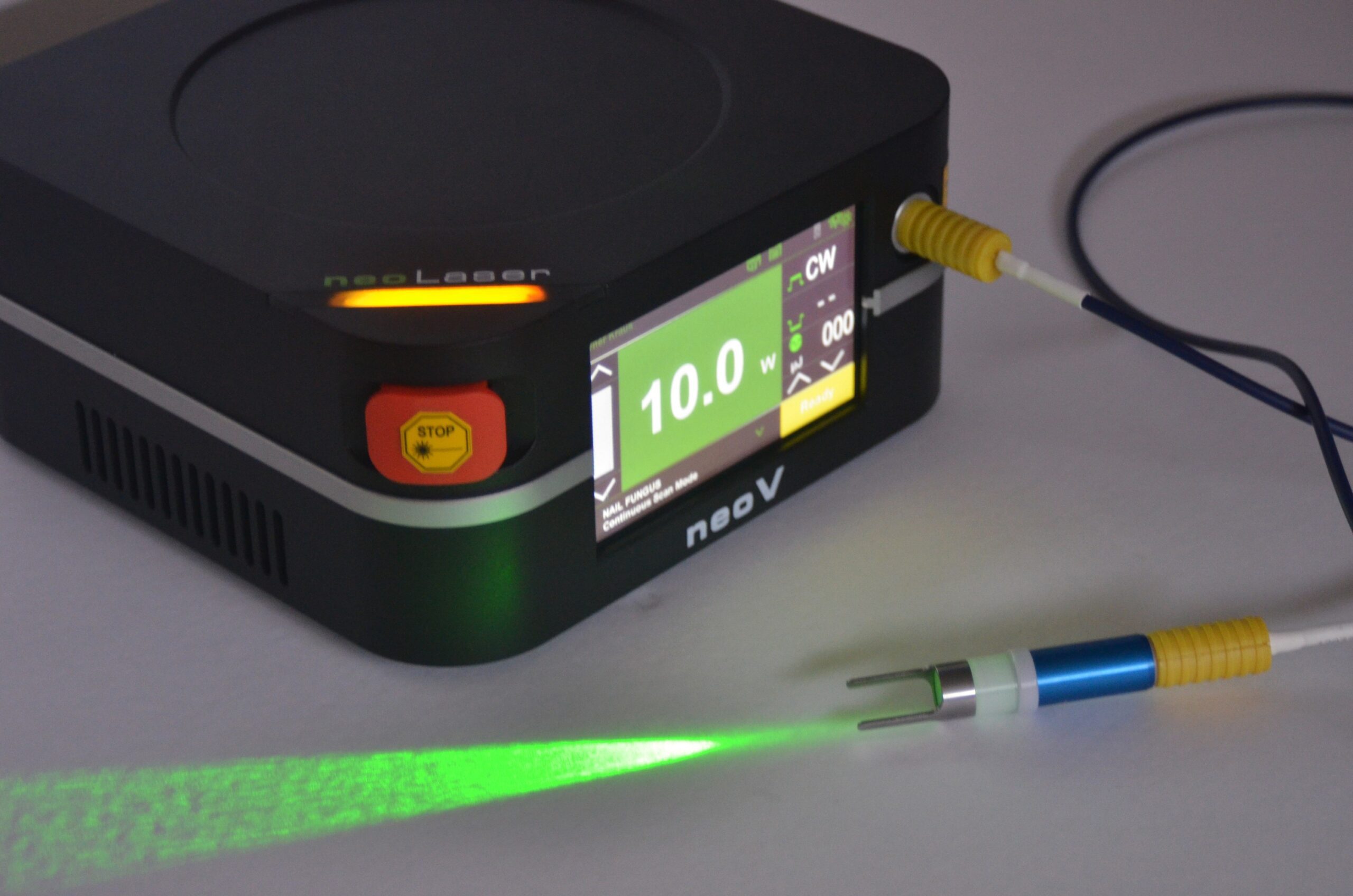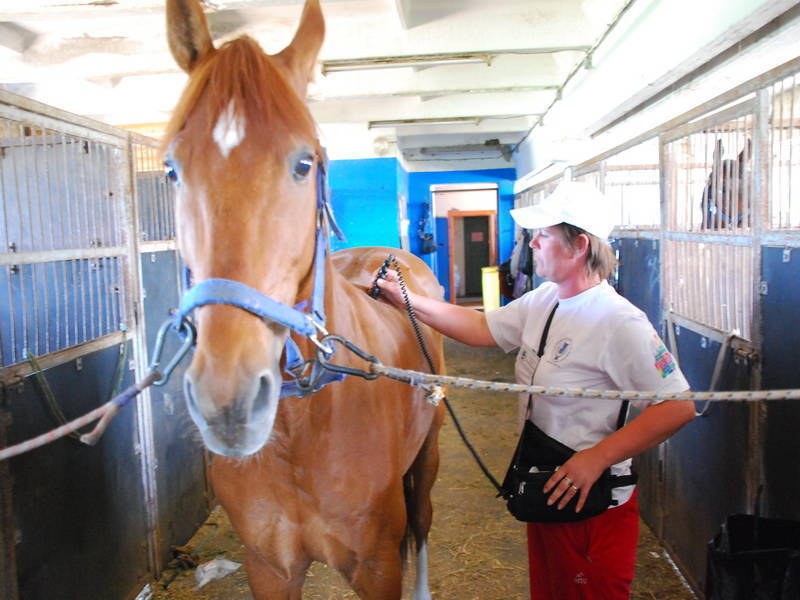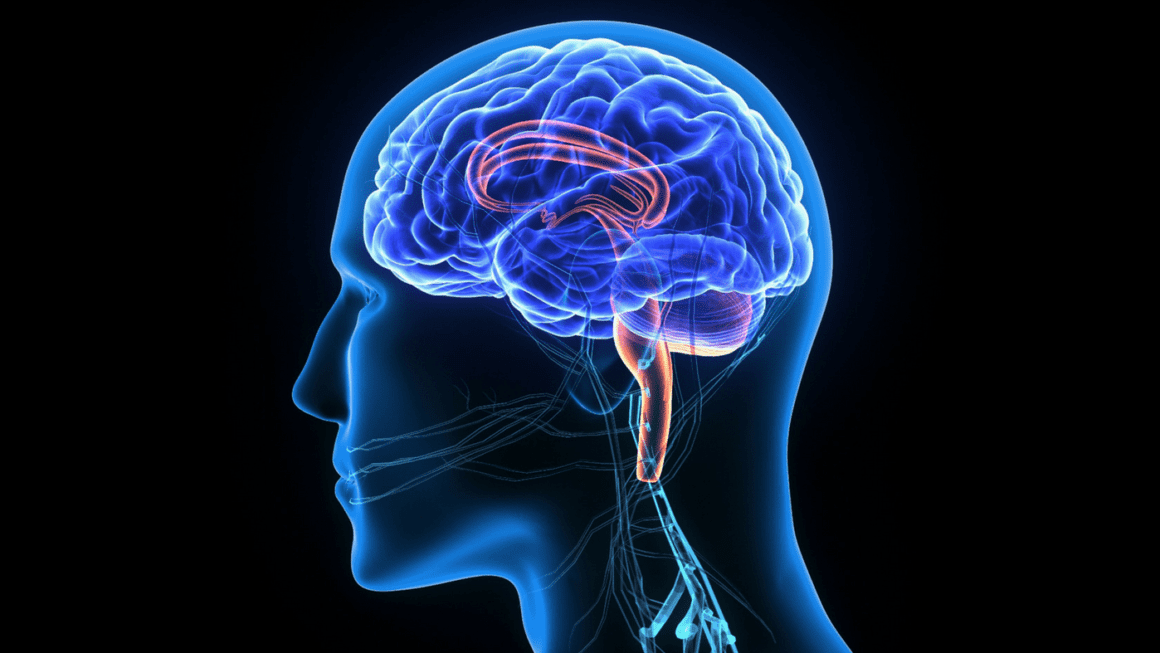While diode lasers https://omnilase.us/equine/ have made a name for themselves in the realm of veterinary surgery and cosmetic procedures, their potential doesn’t stop there. In recent years, veterinarians have harnessed the healing properties of diode lasers for rehabilitation and post-surgical recovery, offering a non-invasive, drug-free method for pain management and tissue repair.
The Science Behind Laser-Assisted Recovery
At its core, diode laser therapy promotes cellular activity, enhancing the body’s natural healing processes:
Stimulating Cellular Regeneration: Diode lasers encourage cellular activity, particularly in mitochondria, leading to increased ATP production. This energy boost accelerates tissue repair and regeneration.
Increasing Blood Circulation: Improved blood flow ensures that injured or post-surgical areas receive adequate oxygen and nutrients, which is crucial for swift recovery.
Reducing Inflammation: By targeting specific areas, diode lasers can reduce swelling and inflammation, which often contributes to pain.
Diode Lasers for Pain Management
Traditional pain management in veterinary medicine often relies on pharmaceutical interventions, which, while effective, can come with side effects. Diode lasers offer a complementary or alternative approach:
Endorphin Release: Laser therapy stimulates the release of endorphins, the body’s natural painkillers.
Nerve Cell Modulation: By affecting nerve cells, diode lasers can reduce pain signals transmitted to the brain, offering immediate relief.
Decreasing Muscle Spasms: The therapeutic effects of the laser can reduce muscle spasms often associated with pain and discomfort.
Implementing Diode Lasers in Rehabilitation
Several strategies ensure effective implementation of diode laser therapy in rehabilitation:
Regular Sessions: For chronic conditions, regular sessions might be necessary to maintain pain relief and promote healing.
Customized Protocols: Every animal is unique. Tailoring the treatment protocols based on the specific injury, surgery, or condition ensures optimal outcomes.
Integrating with Traditional Therapies: Diode lasers work best when integrated into a comprehensive rehabilitation plan, which might include physical therapy, massage, or medications.
Real-World Outcomes and Case Studies
Several studies and real-world applications underscore the benefits of diode lasers in post-surgical recovery. For instance, a dog recovering from a complex orthopedic surgery might return to regular activity levels quicker with laser-assisted therapy. Similarly, an aging cat with chronic arthritis might find sustained relief from pain without relying solely on medications.
The future of veterinary rehabilitation and pain management shines brightly with the promise of diode lasers. As more clinics adopt this technology, and as research continues to validate its efficacy, we move closer to a world where our animal companions recover with more comfort, speed, and grace.



